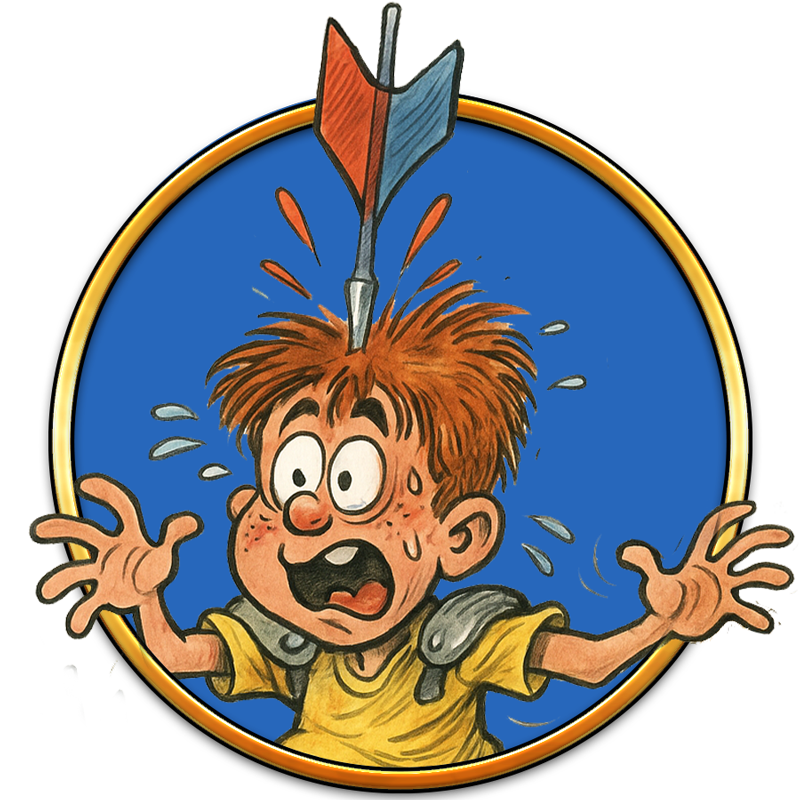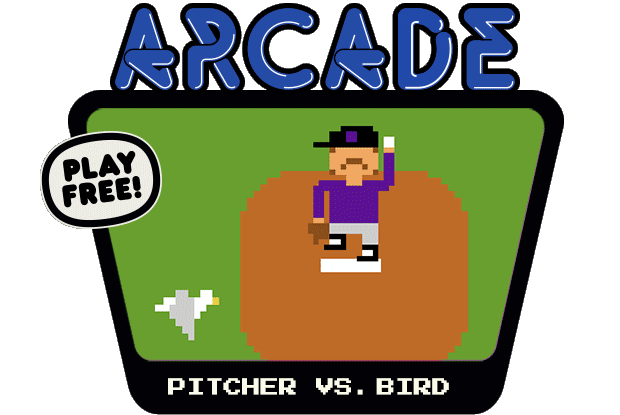Lawn darts, or as they were known to emergency room staff across America:
“Spikes of Doom: Backyard Edition.”
For those who weren’t raised in the 70s and 80s—or don’t have an uncle named Gary with a steel rod in his thigh—lawn darts were essentially javelins for children. Picture a foot-long metal spear with fins on one end and a pointed steel tip on the other. Now picture handing that to an 8-year-old hopped up on Tang and Pop Rocks and saying, “Have fun! Aim for the circle!”
The object of the game was simple: toss the dart underhand, trying to land it in a plastic ring on the lawn. What actually happened was less of a game and more of a Darwinian obstacle course for anyone standing within a 30-foot radius.
And let’s be honest—no one used them properly. Half the time someone would yell “Catch!” and next thing you know your cousin Ricky was doing a frantic duck-and-cover behind the charcoal grill while a 2-pound metal spike embedded itself in the picnic table. Or worse, someone’s thigh.
By the late 1970s, lawn dart injuries were so common they might as well have had their own wing at the ER. Over 6,000 documented injuries, including skull fractures, puncture wounds, and one guy who now whistles when he blinks.
The Consumer Product Safety Commission—after years of being begged by pediatricians and morticians alike—finally pulled the plug in 1988, banning the sale of lawn darts outright. But not before they had left behind a legacy of cookout chaos and uncles with permanent limps.
Still, if you survived a childhood where people were casually tossing spears around between burgers and Kool-Aid, you earned a badge of honor. You were forged in the fires of recklessness. You are a Lawn Dart Survivor.
Modern kids will never know the thrill of dodging a projectile while holding a hot dog.
They’ll never know the bond of looking your cousin in the eye and saying, “I think it’s stuck in bone.”
And maybe that’s for the best.








